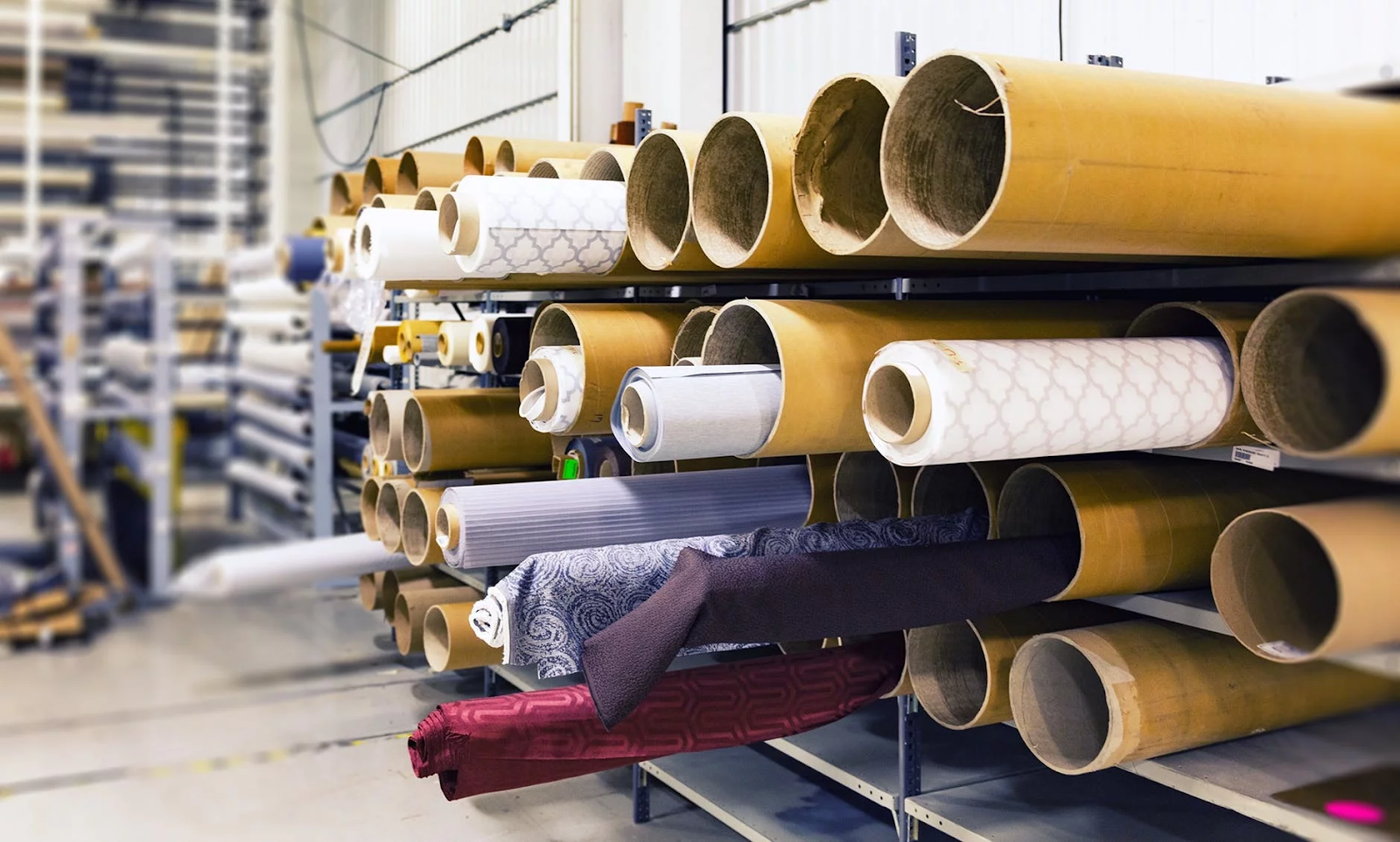As we’ve all learnt this past year, treating employees right when they’re out of the office is much harder than many of us imagined. As wonderful as it would be to say that we’re proactive enough to keep on top of every single member of staff when they aren’t in view, it simply isn’t practical. In fact, doing so would leave us little time for anything else!
Luckily, in the vast majority of cases, staff will soon be back in the office at least some of the time, providing visibility and ease of oversight once more. But, if this past year has taught company heads anything, it’s that out of sight can too often mean out of mind.
Where delivery or truck drivers are concerned, this is a daily reality rather than a pandemic-based issue, and it’s a problem that can lead to increasingly unhappy work conditions and, ultimately, high turnovers.
This is never good news, and it’s something managers should aim to overcome now, while the past year’s workplace lessons are fresh in their minds. The question is, how exactly can you apply what you know about office workers to a fleet of drivers that, in large part, you’ve always left to their own devices?

# 1 – Always provide the right tools for the job
While ‘bring your own device’ has become a common business term this past year, in-office workers are typically provided with all the necessities to do their jobs, from desks to functioning computers and fax machines. How else could they bring the utmost possible productivity to the day? Even within remote landscapes, this same mentality applied to some extent, with the vast majority of bosses installing workplace-wide software and programs to make employee jobs as easy as possible.
Yet, the same care is very rarely taken where drivers are concerned. Quite obviously vehicles tend to be provided, but even these are often left to fall to deteriorate in a way that in-house computers never would be. Even software such as GPS installations is typically kept to the most basic integrations, with many truckers having to rely on their phones or sat navs to get the job done/
This is terrible news, and to overcome it, managers should always be proactive. With regards to van and truck maintenance, in particular, companies like M&L Truck Service should feature highly in your phonebook, ensuring professionally serviced and smooth-running vehicles at all times. Secondly, driver-specific software should be as much of a priority as in-house solutions, with not just updated sat navs, but also additions such as end-to-end management software, and easy communications with everyone back at your business base.
# 2 – Prioritize breaks
When you’re in the office, you can see when employees take breaks, and can even encourage them to do so if you see them flagging. Unfortunately, the same can’t be said for your delivery drivers, and for any caring manager, this should be cause for concern.
The fact is that a failure to take a lunch break or just a rest, is guaranteed to take its toll. This is no way to happy drivers, and it’s an issue that managers need to tackle, both by creating opportunities for breaks in delivery schedules and by holding drivers accountable. Only then can you help your fleet to avoid burnout, repetitive strain injury and, in severe cases, road accidents.
As mentioned, accounting for regular breaks throughout each driver’s daily schedule is probably going to be your best bet here. Some companies are also currently enforcing breaks using truck trackers, though many drivers may find this invasive. Instead, it may be worth simply asking drivers to update their software each time they take a break, ensuring that they do actually take that time out and that you can rest easy knowing as much back in the office.
# 3 – Be realistic about hours
Too often, extensive delivery schedules mean that managers pile hours onto their drivers in ways that they never would for their office workers. Out of sight is out of mind, after all, and you would likely rather get the job done than worry about something like this. But, for companies who require early starts and late finishes, in particular, long hours could soon spell significant trouble on the business front.
On the one hand, this is again an issue of job satisfaction. No one wants to sit in a truck from dawn until dusk, and you’ll struggle to keep drivers happy if you expect them to. What’s more, long hours that leave drivers exhausted can cause difficult business situations like accidents, which are guaranteed to leave you out of pocket and facing significant reputational damage. Not to mention that you may struggle to ever hire quality drivers again as a result.
To avoid this eventuality, always space out deliveries enough that drivers aren’t on the road for more than an average of 10 hours each day. Make sure, too, that you’re providing plenty of days off to break up those longer driving sessions.
# 4 – Always take the time to check-in

When employees are in the next room (or on the end of a webcam, as the case is right now,) it’s easy to both see how they’re doing and have quick check-in chats to make sure they’re happy and comfortable. By comparison, checking in with drivers typically means heading out in the field, or specifically scheduling meetings. As bothersome as that can seem, it’s a step that you simply can’t afford to keep skipping.
The fact is that the isolated nature of a delivery driver’s job means that regular and supportive management chats are even more fundamental than they are in-office. At the very least, arranging driver meetings every six months or so could make a huge difference, not only for helping you to perfect all the points mentioned with driver priorities in mind but also for ensuring the driver retention that’s been driving your deliveries into the ground until now.








